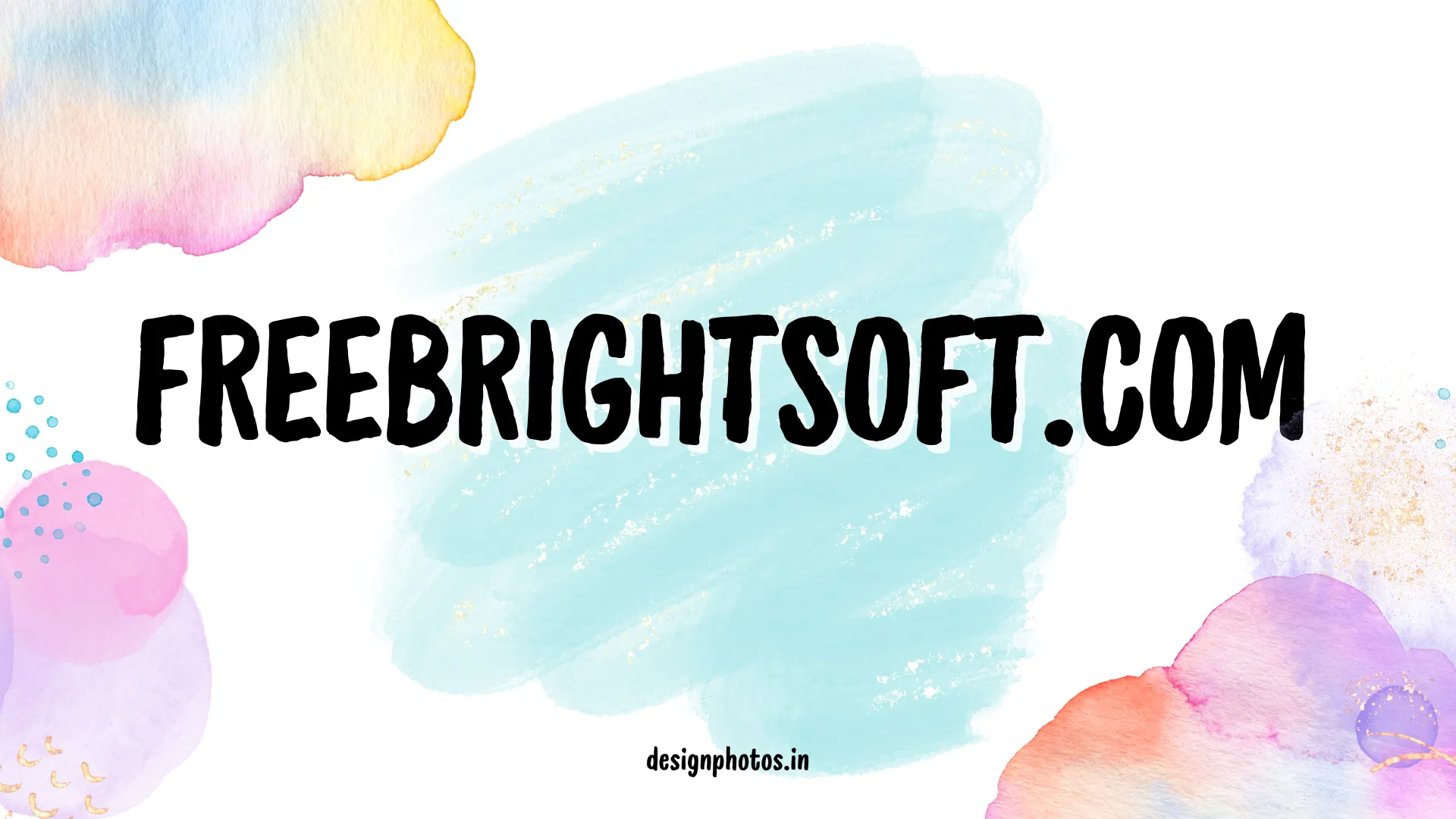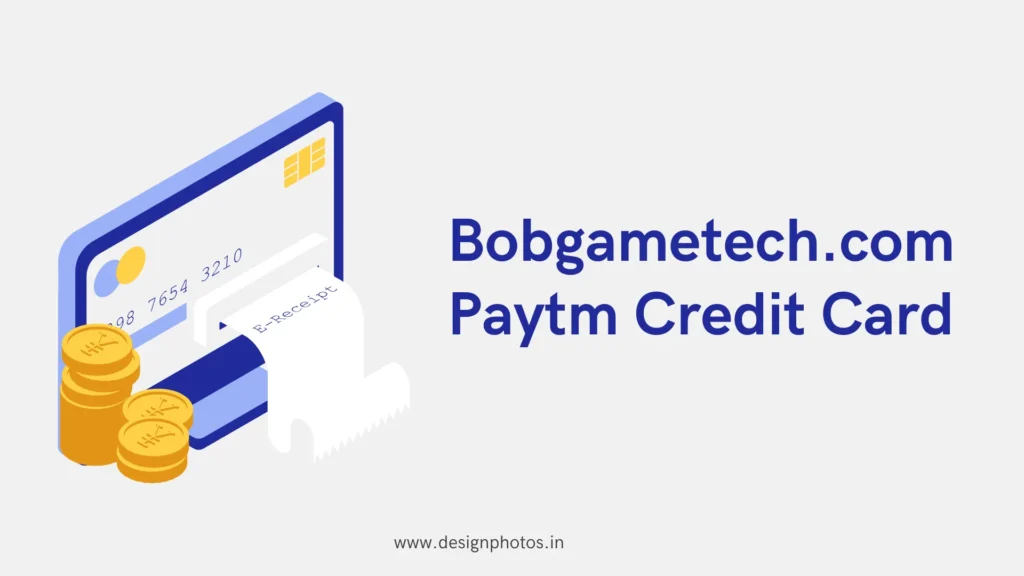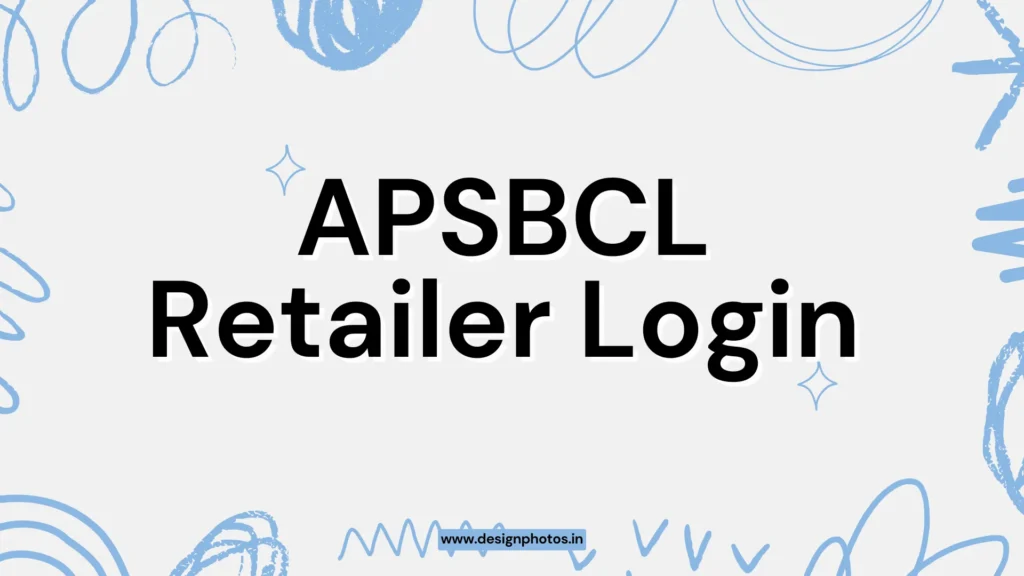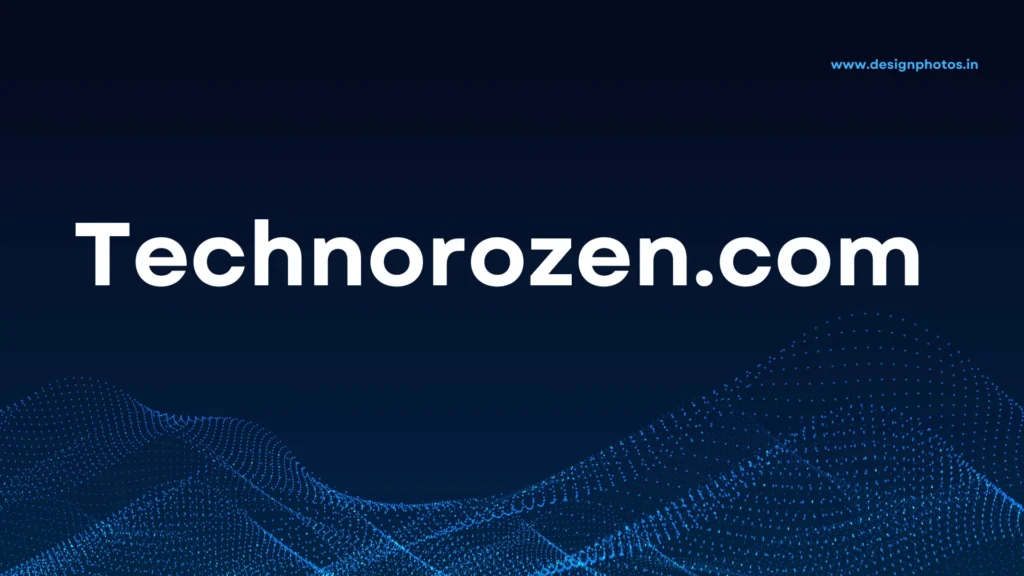freebrightsoft.com has emerged as a recognizable name among creators looking for free themes, templates, and snippets to jumpstart websites on platforms like WordPress and Blogger. It positions itself as a hub for easily accessible creative assets, often highlighted by roundup blogs and social mentions that frame it as a destination for fast prototyping and learning. For anyone exploring free resources, the appeal is straightforward: save time, reduce costs, and experiment with design or functionality before committing to premium products. At the same time, freebrightsoft.com brings up important questions around safety, licensing, legitimacy, and sustainability. This article provides a balanced guide to what freebrightsoft.com claims to offer, how to evaluate resources responsibly, how to implement them effectively on WordPress and Blogger, and when to consider alternatives or premium options.
What is freebrightsoft.com
freebrightsoft.com is commonly referenced as a site that surfaces free resources for web creators. These resources often include WordPress themes, Blogger templates, page builder assets like Elementor blocks or kits, and code snippets that can be adapted for specific use cases. The appeal lies in aggregation: instead of searching disparate repositories, the site seeks to centralize discovery of assets that can be downloaded and tested quickly. For new site owners or hobbyists wanting to learn by doing, the ability to access a variety of designs and pieces of code without a paywall can be an effective way to build skills while making tangible progress on a website.
The ecosystem around free themes and templates is broad and constantly changing, which is part of the draw and part of the challenge. Free catalogs evolve; links move, licenses shift, and support levels vary. A site like freebrightsoft.com can function as a jumping-off point, but creators should still practice due diligence. The best results come when assets are evaluated for quality, licensing clarity, updates, and compatibility with the tech stack in use.
What freebrightsoft.com typically offers
Creators exploring freebrightsoft.com will usually be looking for a few categories: WordPress themes, Blogger templates, and general front-end or CMS-oriented code snippets. Themes help define a site’s look and layout; templates provide ready-to-use structures for pages or blogs; and snippets or kits provide modular functionality that can be slotted into existing builds. For WordPress, these might include basic blog themes, multipurpose designs with starter demos, or lightweight frameworks compatible with page builders. For Blogger, templates often focus on clean blog layouts, magazine-style homepages, and responsive designs suitable for different niches.
In addition to these core categories, there may be posts or references to tools, guides, or step-by-step instructions that support implementation. While these guides can be useful, it is critical to validate them against current platform standards and updates. WordPress, for example, evolves frequently with changes to the block editor, site editor, and theme architecture. Using guidance that matches the current version saves time and prevents errors during setup.
Also Read – What Is trendzguruji.me awareness? Benefits, Risks & Smart Use
Legitimacy, safety, and trust signals
Any platform offering free downloads must be approached with a balanced mindset. On one hand, many creators and communities share free, high-quality work under open licenses to help others learn and build. On the other hand, third-party aggregators can sometimes redistribute assets without proper permissions, include unwanted code, or leave users uncertain about updates and support. When engaging with freebrightsoft.com, focus on trustworthy signals: clear author attribution, explicit licensing, update history, and the presence of active community discussion or independent mentions that validate the resource’s real-world use.
Modern web security hygiene should be part of the workflow. Scan files before use, review code for obfuscation, and test in a staging environment. If a resource seems too good to be true or lacks basic transparency, it is prudent to skip it. Free does not need to mean risky, but it does require diligence.
How to evaluate assets from freebrightsoft.com
A simple evaluation framework can reduce risk and improve outcomes.
Licensing clarity
The first step is to determine the license of any theme, template, or snippet. For WordPress, GPL compatibility is common and often expected. Confirm whether the asset is GPL, MIT, Creative Commons, or another license. If the license is unclear, seek an original author page or repository to verify. If no license is identified, treat the asset as high risk for commercial use and consider it only for testing or learning.
Code quality and transparency
Open the files and scan for obfuscated code, such as long base64-encoded strings, unusual eval calls, or hidden external requests. Good themes and templates rarely hide functionality. Look for organized file structures, readable comments, and adherence to common coding standards. For WordPress themes, check that functions and hooks are used in conventional ways and that the theme does not bundle questionable third-party scripts.
Update and support signals
Assess whether the asset has been updated recently or if the design relies on outdated practices. For WordPress, confirm compatibility with the current version, block editor features, and PHP versions commonly used in modern hosting. Even free assets can have an active changelog or community thread indicating ongoing maintenance. In the absence of updates or documentation, consider the long-term cost of adopting a resource that may need significant manual maintenance.
Performance and SEO considerations
Test demos or install assets in a staging environment to evaluate performance. Lightweight assets with minimal render-blocking scripts tend to perform better on Core Web Vitals. Ensure proper heading structure, schema opportunities, and clean markup where possible. Free does not need to be slow; many lean themes outperform bloated premium options.
Security checks and scanning
Always scan downloaded files with a reputable antivirus or malware scanner. For WordPress, security plugins can help flag suspicious patterns after installation. Keep backups of the site and database before changing themes or adding templates. Staging-first is non-negotiable: try changes safely before deploying to production.
When to prefer premium or vetted sources
While freebrightsoft.com can be useful for learning, prototyping, and quick experiments, certain scenarios justify paid or highly vetted options. For commercial sites, e-commerce stores, security-sensitive deployments, or projects that require long-term support, premium themes and frameworks with clear licensing and active maintenance can reduce total cost of ownership. Paid assets often offer dedicated support channels, frequent updates, robust documentation, and compatibility guarantees with popular plugins and current CMS versions. The upfront investment can be offset by lower maintenance time and reduced risk of breaking changes.
Ethical use and licensing discipline
Responsible use of free resources demands respect for authors and licenses. Keep an asset inventory noting source URLs, license types, versions, and dates added. For client projects, this inventory can be essential during audits or handoffs. If a free theme is a fork or remix, ensure attribution and license conditions are followed. Avoid assets that appear to repackage commercial themes without permission. Ethical discipline builds professional credibility and protects projects from legal complications.
A practical quality checklist for freebrightsoft.com
A simple checklist makes it easier to decide whether to use a resource discovered on freebrightsoft.com.
- Identify the source
Determine the original author or repository. If the asset can be traced back to a known developer or a reputable catalog, confidence increases. - Confirm the license
Look for GPL, MIT, or other permissive licenses if the asset will be used beyond personal experimentation. Note any attribution requirements and comply accordingly. - Inspect the code
Search for obfuscation, unsolicited external calls, or unusual scripts. Verify that functions align with standard practices for the intended platform. - Test performance and accessibility
Install in staging and run simple performance tests. Scan for accessibility pitfalls and basic SEO issues such as heading hierarchy and meta handling. - Validate compatibility
Check that the asset works alongside key plugins, widgets, or platform features used in the project. Confirm that it supports current platform versions. - Plan for maintenance
If there is no update history or documentation, anticipate the need to maintain or replace the asset in the future. For mission-critical sites, consider selecting an option with clear support.
Also Read – AreYouFashion.com: The Modern Style, Beauty, and Lifestyle Hub
Integrating freebrightsoft.com into a broader toolkit
Treat freebrightsoft.com as one of multiple discovery points rather than the sole source of assets. Pair it with official directories, trusted developer sites, and reputable design resource hubs. This multi-source approach reduces the risk of relying on a single aggregator and increases the likelihood of finding high-quality, well-maintained materials. Over time, maintain a personal curation folder of vetted themes and templates that have proven reliable in real projects. Reuse these trusted assets to shorten build times without sacrificing safety.
Migrating away from a free theme or template
If a project begins with an asset from freebrightsoft.com and later needs to migrate, plan a phased approach. First, inventory all customizations, CSS overrides, template tweaks, shortcode usage, and plugin dependencies. Next, select a destination theme or builder that supports similar layout structures or provides migration tools. Where possible, reconstruct key pages with reusable blocks or pattern libraries so future changes are easier. Finally, conduct a full content and functionality audit in staging, including forms, tracking scripts, and structured data, before switching the live site.
When freebrightsoft.com is the right choice
There are many scenarios where freebrightsoft.com is a sensible option. Learning environments, personal blogs, MVPs, proof-of-concept demos, and short-term campaigns can benefit from fast, no-cost starting points. In agencies or freelance workflows, free assets are useful for storyboarding, obtaining stakeholder feedback, or validating content structure before investing in custom design. As long as the usage is accompanied by careful vetting and a clear plan for maintenance or eventual upgrades, the value proposition is strong.
Conclusion
freebrightsoft.com can be a helpful resource for discovering free themes, templates, and snippets that accelerate web projects and support hands-on learning. The key to using it effectively is disciplined evaluation: confirm licenses, review code, test in staging, and validate performance and compatibility. For commercial or long-term projects, weigh the benefits of supported, premium alternatives that offer regular updates and robust documentation. By combining the speed of free assets from freebrightsoft.com with a rigorous safety and quality process, creators can move quickly without compromising security, maintainability, or professional standards.
FAQs
Q1: What is freebrightsoft.com?
freebrightsoft.com is generally described as a discovery point for free website resources such as themes, templates, and code snippets geared toward platforms like WordPress and Blogger. It is often used by beginners, students, and budget-conscious creators to experiment and prototype quickly before committing to premium solutions.
Q2: Is freebrightsoft.com safe and legitimate?
Perceptions are mixed across third-party write-ups, so it’s best to treat freebrightsoft.com like any free resource hub: verify licensing on each asset, scan downloads, and test in a staging environment first. If an item lacks a clear author, license, or update history, consider it high risk for commercial use and limit it to learning or prototyping.
Q3: What types of resources can be found on freebrightsoft.com?
Typical categories include WordPress themes, Blogger templates, and small front-end/CMS snippets or design kits. These can help define layouts, aesthetics, and basic functionality for blogs, portfolios, and simple business sites. Availability and quality can vary, so evaluate each item for code clarity, responsiveness, and compatibility with current platform versions.
Q4: How should downloads from freebrightsoft.com be evaluated?
Use a simple checklist: confirm the license (GPL/MIT/CC or other), identify the original author or source, scan for malware and obfuscated code, and test performance and accessibility in staging. Validate compatibility with essential plugins or widgets and document any custom changes so updates don’t overwrite them.
Q5: When should premium or vetted alternatives be preferred over freebrightsoft.com?
Choose premium or highly vetted sources for commercial, security-sensitive, or long-term projects that require dependable updates, support, and clear licensing. A pragmatic approach is to prototype with a freebrightsoft.com asset, validate the structure, and transition to a supported theme or template before launch if the project’s scope demands stability and ongoing maintenance.



